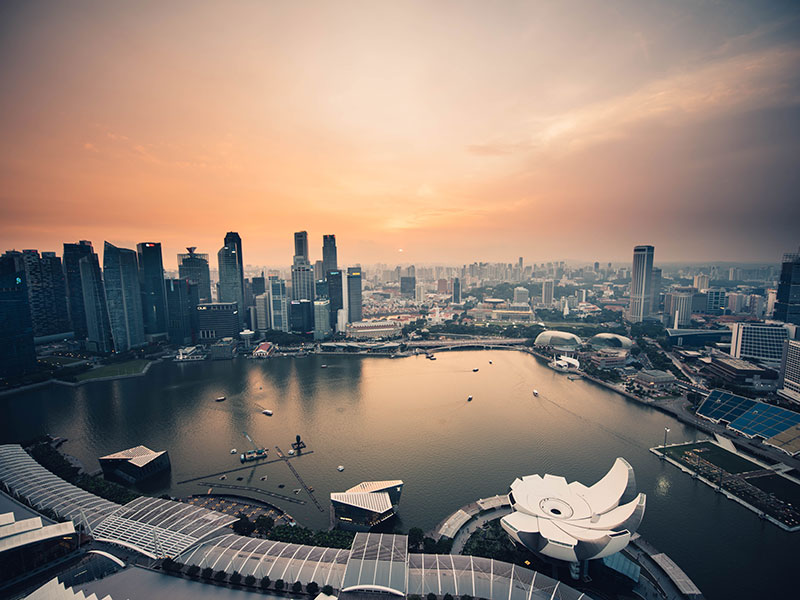
Iran’s Untapped Potential: The Investment Opportunity the World Ignores
by : Hassan Hosseini
Phd in Finance
While headlines focus on Iran’s geopolitical tensions, a quieter story is unfolding: the country holds some of the most compelling—and overlooked—investment opportunities in emerging markets. With vast natural resources, a young and educated population, and a strategic location bridging Europe and Asia, Iran could become a linchpin for regional economic growth. But realizing this potential requires a pragmatic shift in how the world engages with Tehran.
Why Iran Stands Out
Iran isn’t just another sanctions-bound economy. It’s the 23rd-largest by purchasing power parity, with a diversified industrial base that outpaces many peers in the Middle East. Consider:
- Energy Dominance: 4th in global oil reserves, 2nd in natural gas—yet its renewable energy sector (particularly solar) remains underdeveloped, a missed opportunity given its 300+ sunny days a year.
- Beyond Oil: Iran ranks among the top 10 global producers of zinc, copper, and agricultural goods, offering a hedge against commodity volatility.
- Human Capital: With 60% of its 85 million people under 30 and STEM graduates outpacing regional rivals like Saudi Arabia, Iran’s workforce is its best asset.
Unlike Vietnam or India—darlings of foreign investment—Iran hasn’t yet benefited from globalization. But its domestic market is larger than Turkey’s, and its stock exchange (the region’s biggest) trades at a fraction of the valuation of regional peers.
The Risks—and How to Mitigate Them
Yes, sanctions and political instability loom large. Yet these very constraints have forced Iran to build a self-sufficient industrial ecosystem, from pharmaceuticals to automotive manufacturing. For investors willing to navigate complexity, early entry could yield outsized rewards, as seen in post-sanctions Myanmar or post-1991 India.
Critics argue that corruption and bureaucracy remain hurdles. But reforms are underway: Iran now ranks 133rd in the World Bank’s Ease of Doing Business index—ahead of Brazil and India in some subcategories like contract enforcement. Special economic zones offer tax holidays and streamlined permits, mirroring China’s 1980s playbook.
A Test for U.S. Policy
The Trump administration faces a choice: double down on isolation or explore calibrated economic engagement. The latter could follow the model of Nixon’s China opening—using trade to incentivize moderation. Even limited sanctions relief for non-oil sectors (e.g., agriculture, tech) could catalyze growth while maintaining leverage.
The alternative? Ceding Iran’s market to rivals. China’s $400 billion investment deal with Tehran and Russia’s expanding trade ties show the cost of inaction. Meanwhile, regional neighbors like the UAE are already re-exporting Western goods to Iran, profiting from arbitrage.
The Path Forward
The world needs fewer conflict zones and more stable partners. Iran won’t transform overnight, but its economic potential is too significant to ignore. For investors, the calculus is shifting from “Is it safe?” to “Can we afford to wait?” And for policymakers, the question is whether to keep betting on pressure—or try something new.






























